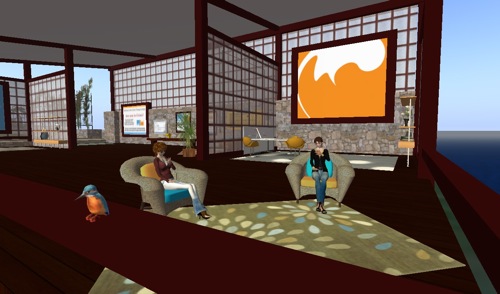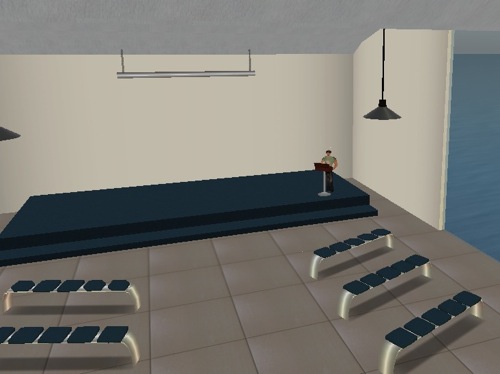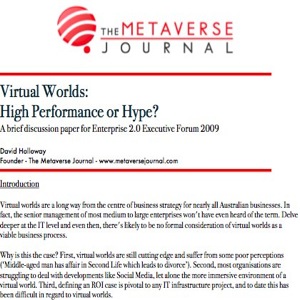Linden Lab have announced the finalists for their US $10000 Linden Prize, and amongst the handful of finalists is Skoolaborate,
By its nature, Skoolaborate is an international venture, but some Australian educators are key driving forces behind the project. Good luck to all the finalists – all illustrate some of the significant good coming out of virtual worlds.


 DeeAnna: I have a Master of Education in Rehabilitation Counseling and a Bachelor of Science in Mental Health and Human Services. I have worked in the mental health field for nearly 20 years. About 10 years ago I discovered the power of the Internet and began providing online chat and email through a couple of e-clinics. Over the years I have always maintained a part-time practice online and have integrated technology in work settings working with interns, employees and clinical supervisees. I have been training therapists since 2001 about the ethical issues pertaining to technology and mental health. Now 100% of my work life is devoted to either providing online therapy or teaching others about online therapy.
DeeAnna: I have a Master of Education in Rehabilitation Counseling and a Bachelor of Science in Mental Health and Human Services. I have worked in the mental health field for nearly 20 years. About 10 years ago I discovered the power of the Internet and began providing online chat and email through a couple of e-clinics. Over the years I have always maintained a part-time practice online and have integrated technology in work settings working with interns, employees and clinical supervisees. I have been training therapists since 2001 about the ethical issues pertaining to technology and mental health. Now 100% of my work life is devoted to either providing online therapy or teaching others about online therapy. Kate Anthony: I realised this in 2001 after speaking at a conference about Telephone Helplines. The Keynote speaker was head of BTExact Technologies, and he referred to the future of virtual worlds, and avatars specifically, being part of the future of health care. Most of the audience was laughing at the concept -– I wasn’t. I went on to work with him and his team to explore the concept and write a white paper on the topic (Anthony, K. and Lawson, M (2002). The Use of Innovative Avatar and Virtual Environment Technology for Counselling and Psychotherapy. Available online at www.kateanthony.co.uk/research).
Kate Anthony: I realised this in 2001 after speaking at a conference about Telephone Helplines. The Keynote speaker was head of BTExact Technologies, and he referred to the future of virtual worlds, and avatars specifically, being part of the future of health care. Most of the audience was laughing at the concept -– I wasn’t. I went on to work with him and his team to explore the concept and write a white paper on the topic (Anthony, K. and Lawson, M (2002). The Use of Innovative Avatar and Virtual Environment Technology for Counselling and Psychotherapy. Available online at www.kateanthony.co.uk/research).




 Today, I had the pleasure of facilitating four small group sessions at the
Today, I had the pleasure of facilitating four small group sessions at the Aside from the group discussions on virtual worlds I facilitated yesterday, the only other time I witnessed them discussed at the
Aside from the group discussions on virtual worlds I facilitated yesterday, the only other time I witnessed them discussed at the  NoviCraft is one of the more fascinating virtual world business offerings by Finnish company,
NoviCraft is one of the more fascinating virtual world business offerings by Finnish company,
Recent Comments